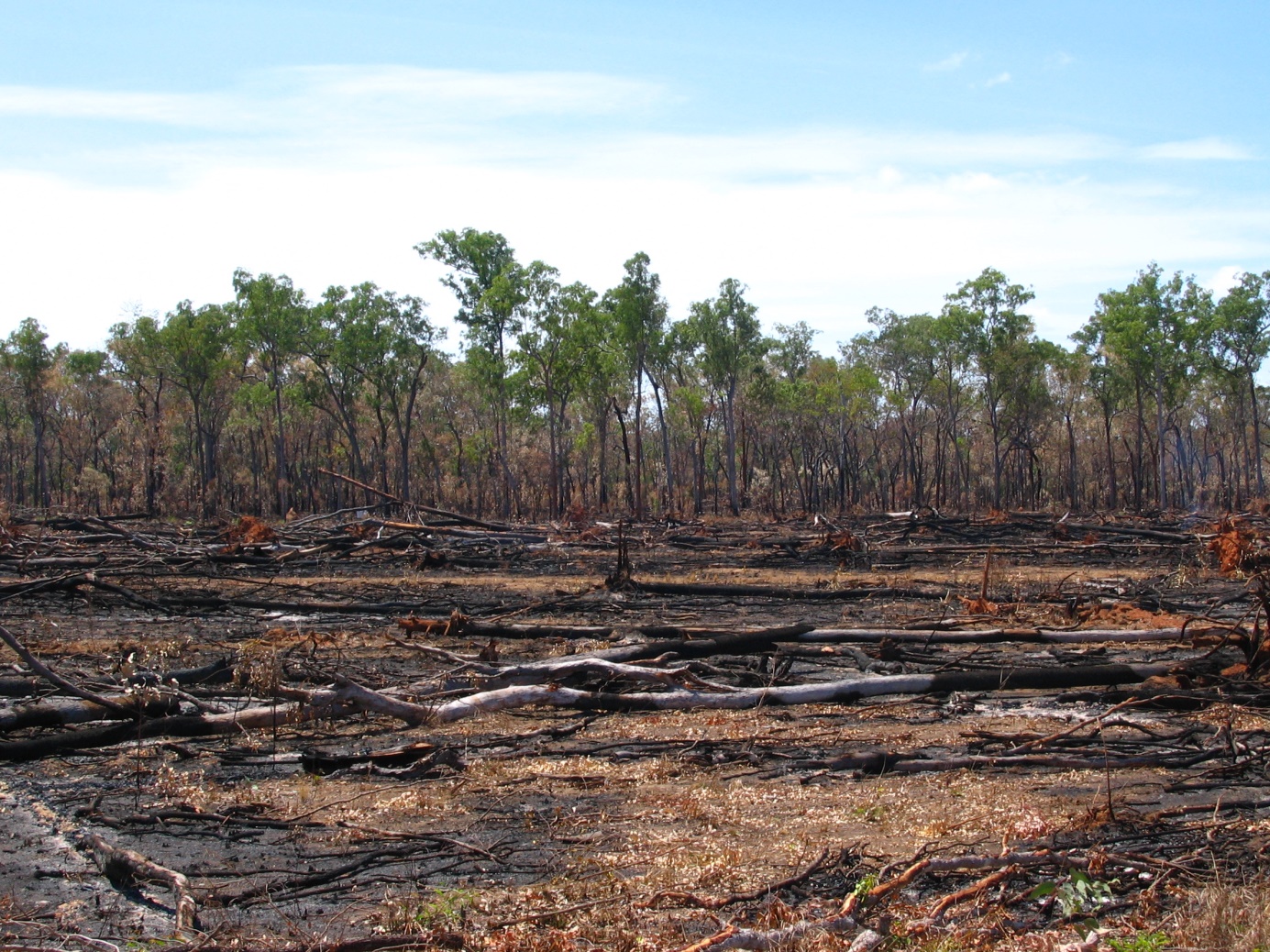After reading the recent IPCC report, I felt of dismay, anger and a tiny bit of hope. The report made it very clear that the rate of global warming is faster than scientists initially predicted, the impacts of climate change are increasing and we have as little as a decade to significantly reduce our carbon emissions. Hence, the dismay
The government’s response to the report was to propose “technology not taxes” as their solution, an absolutely meaningless statement. Hence, the anger.
One of the proposed technologies is carbon sequestration. To date, this has proven to be ineffective and too costly. But this idea got me thinking. Perhaps it is time to apply a little common sense to developing effective climate solutions. Mother Nature has provided us with the most effective carbon sequestration machine possible…the tree. Hence, the hope.
As any school kid can tell you, trees “breathe in” or absorb and store carbon dioxide as they grow – the same carbon dioxide that is driving global warming. Worldwide, trees have a significant impact on the reduction of carbon dioxide.
 Unfortunately, we are clearing trees faster than they can grow, significantly reducing the amount of carbon our forests can absorb. How crazy is that?!
Unfortunately, we are clearing trees faster than they can grow, significantly reducing the amount of carbon our forests can absorb. How crazy is that?!
Where is all this land clearing happening? Australia is among the 11 worst countries when it comes to deforestation. Queensland has the highest clearing rate in Australia, primarily for farming and grazing.
Not only does land clearing reduce the amount of carbon our forests can absorb, but it releases the huge amount of carbon that the living trees once held in storage. Carbon pollution from land clearing is projected by the federal government to remain at about 46 million tonnes of carbon dioxide a year to 2030, roughly equivalent to emissions from three large coal-fired power plants.
 But the story gets worse.
But the story gets worse.
Land clearing undermines the basis for food production, causes species loss and ecological decline, destroys climate resilience and degrades water resources (think Great Barrier Reef water quality).
It is time to apply some common sense for the common good and let nature help us tackle climate change. Large-scale land clearing must stop and large-scale re-vegetation must start. We can take hope that nature can help us win the climate change battle.